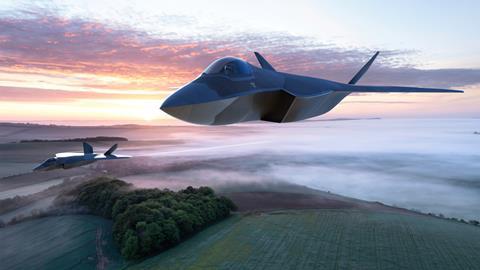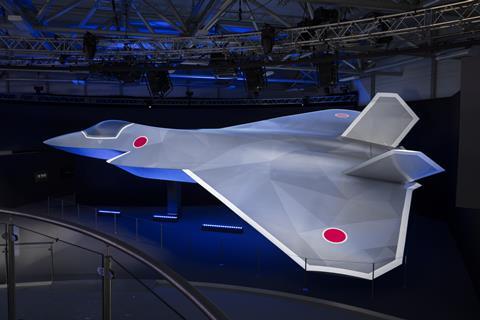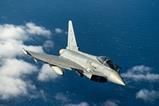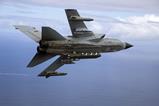The industrial partners behind the trinational Global Combat Air Programme (GCAP) are making solid progress towards its next, key phase, according to senior officials speaking at the Farnborough air show.
“We are making fantastic progress,” says Herman Claesen, BAE Systems’ managing director, Future Combat Air Systems, with a treaty agreement between Italy, Japan and the UK announced last December now nearing ratification by their governments.

“There is a phenomenal pace and energy behind it, and that pace has continued, whether it is from a government or industry point of view,” he says. The partnering activity also involves Italy’s Leonardo and Mitsubishi Heavy Industries (MHI) of Japan.
“2025 will be a very important milestone for us, because it is in effect the full launch of the design and development activity,” Claesen says. This phase will run until 2035, when the first GCAP system will enter use, enabling air forces to “start the work-up to operational readiness”.
“We will estimate what we will need between the three companies and industries, then make a plan with the governments,” says Hitoshi Shiraishi, MHI’s senior fellow, GCAP. “This programme will provide a unique opportunity for MHI and Japanese companies in international collaboration,” he adds.

The partners are exhibiting a model of a sixth-generation fighter that is described as the “latest version of the concept development” work. This features a wider wingspan than previous designs, including a full-scale replica which was unveiled at Farnborough in 2018.
“You need to go far, carry a lot of stuff and do it in a low-observable, stealthy configuration,” Claesen says of the latest version. “We are rapidly homing in now into the final configuration of the aircraft,” he adds of the type, which will be the core platform within the broader GCAP system.
Asked whether the current programme momentum could be affected by the new UK government’s pending Strategic Defence Review process, Claesen says: “There are no toe-brakes applied.”
UK Prime Minister Sir Keir Starmer visited the GCAP display within BAE’s exhibit on the opening day of the show.
“He especially came to the GCAP stand, and he reiterated that this is a very important programme for the UK,” Claesen says. “The fact that he wanted to see the aircraft [model] and talk to people about it gives another indication that it is a key, strategic programme.”































